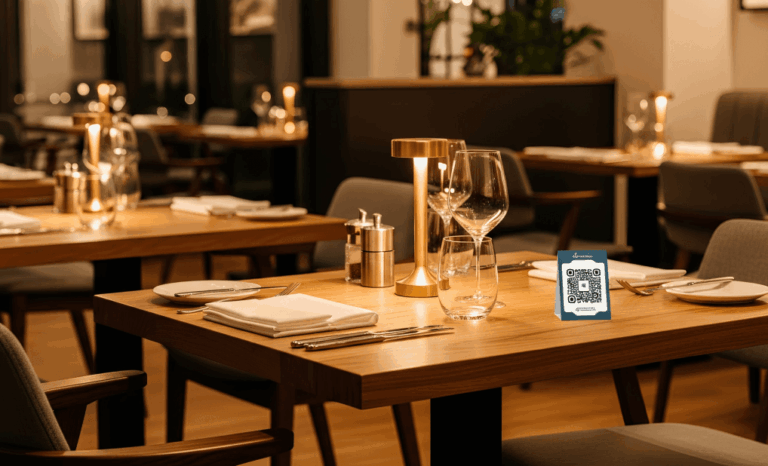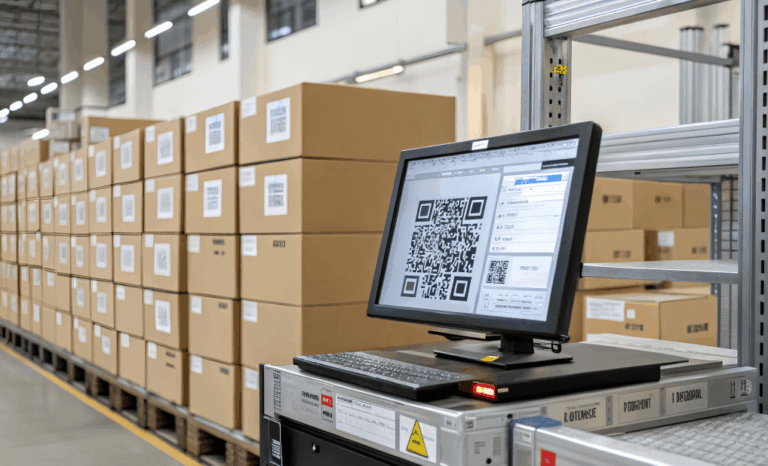What is QR code marketing and why is everyone doing it?
QR code marketing isn’t a trend — it’s a tactical comeback. These pixelated squares now sit at the intersection of real-world and digital experiences. One simple scan, and your audience gets instant access to whatever you want them to see: your offer, your menu, your app, your story.
From global giants like Coca-Cola to indie cafés down the street, businesses are using QR code marketing to spark direct consumer interaction, boost engagement, and collect real-time feedback. But slapping a code on a poster and hoping for the best? That’s not marketing. That’s wishful thinking. Let’s talk strategy.

How do dynamic QR codes change the game?
A dynamic QR code is the engine behind modern campaigns. Unlike static codes, dynamic ones let you update the destination without reprinting the code — perfect for fast-moving offers or A/B testing. You can track scans, adjust links, and analyze behavior all in one dashboard.
They’re flexible, editable, and built for marketing teams that actually measure what works. With QR Code KIT, you even get analytics down to device type, location, and time of scan.
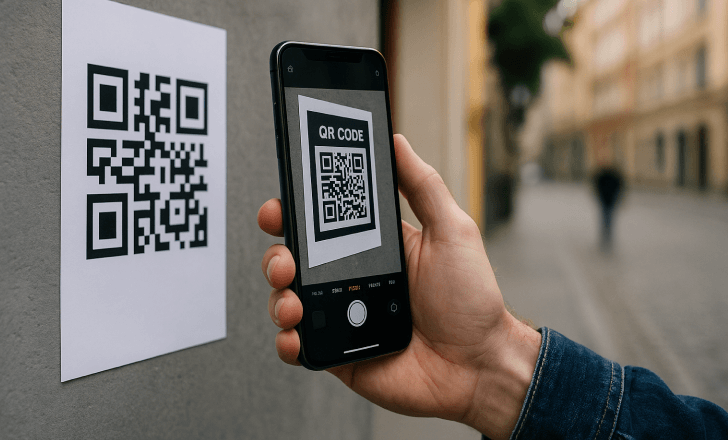
Where should you place QR codes for the biggest impact?
Here’s the rule: if people can see it, they can scan it. But visibility isn’t enough — you need context. Placing QR codes on product packaging? Great, as long as you explain the value (“Scan to see how it’s made”). Adding QR codes to print ads? Make the CTA loud and clear (“Unlock 20% off now”).
Effective QR codes show up in places where curiosity meets convenience:
- Flyers at events
- Table tents in restaurants (hello, digital menus)
- Store windows
- Subway posters
- T-shirts (yes, really — at trade shows it works)
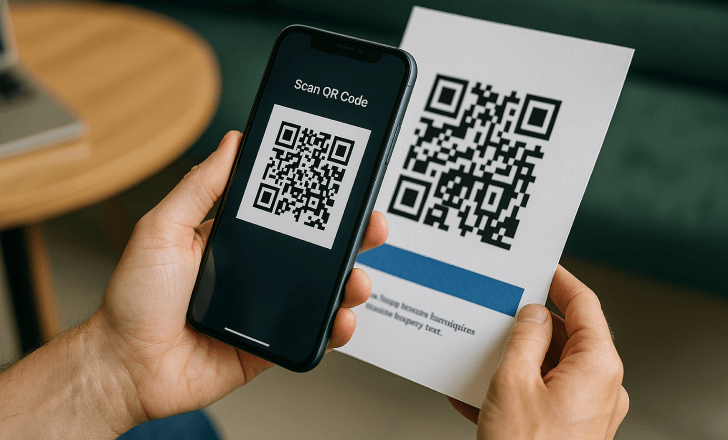
What are the best use cases for QR code marketing?
QR code marketing adapts to almost any business objective. Popular use cases include:
- Loyalty programs: Let users scan to join or check their points.
- QR code menus: A restaurant staple since 2020 — and still relevant.
- Product packaging: Add QR codes to give instant access to product details, AR demos, or safety information.
- Virtual stores: Retailers display product posters in public spaces, with QR codes that link to buy online.
- QR code payments: Especially in mobile-first economies, QR code payments streamline checkout.
Whatever the case, the code becomes a direct line between your brand and your buyer.
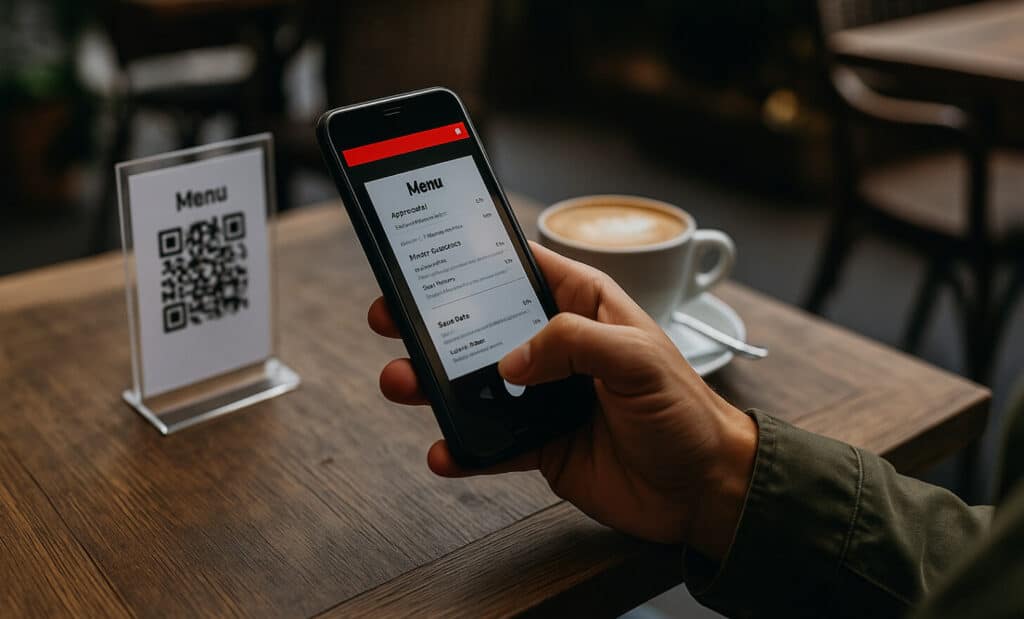
How can QR codes boost engagement on social media?
This one’s underused. You can link a QR code to your social media pages, sure — but that’s basic. What if the code leads to an AR experience people want to share on social? What if scanning triggers a giveaway, an exclusive filter, or a video surprise?
QR codes can turn static print into viral content. Make them fun. Make them weird. Just don’t make them boring.
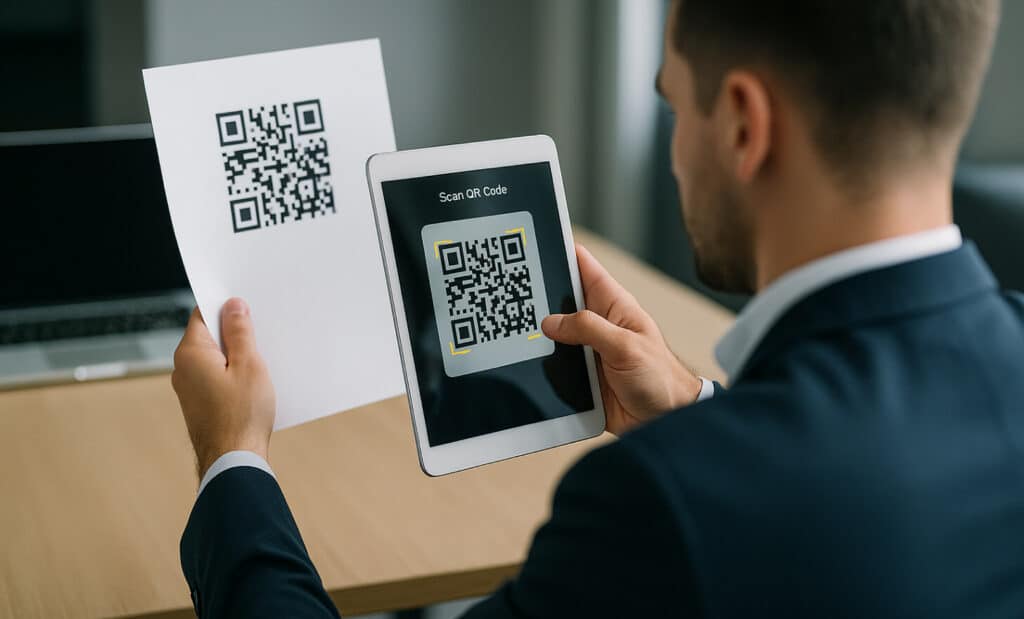
What types of marketing materials can include QR codes?
If it prints, it can carry a code. Add QR codes to:
- Brochures
- Posters
- Direct mail
- Product tags
- Business cards
- Magazine inserts
- Event wristbands
Printed marketing materials often get thrown away — unless there’s a reason to keep them. A QR code that leads to something useful or delightful changes that.
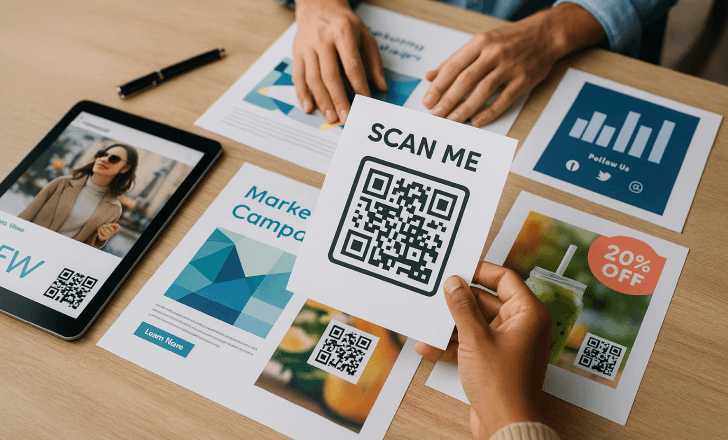
How do you create a QR code for marketing?
Use a reputable QR code generator that supports dynamic codes, tracking, and design customization. QR Code KIT lets you:
- Add logos and colors
- Choose short, branded URLs
- Track scan performance
- Edit destinations anytime
- Export high-res files for printing
Quick tip: Many free QR code generators offer no analytics or brand control — but QR Code KIT gives you a better start. With our Free Plan, you can create up to two dynamic QR codes with basic design and tracking included — no credit card required.
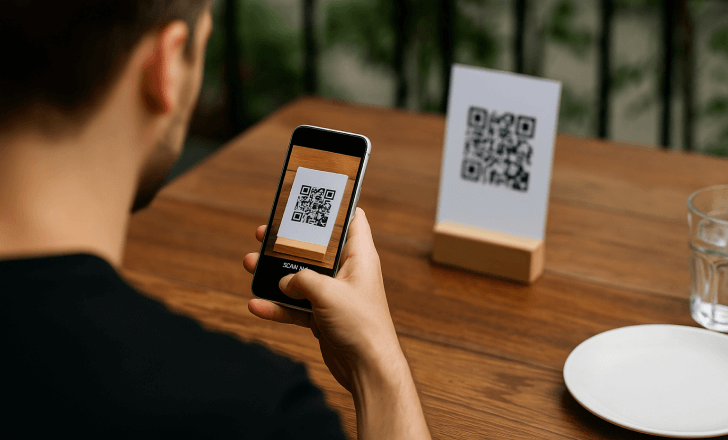
What’s the ideal size and format for printed QR codes?
Size matters. Too small, and people can’t scan it. The sweet spot:
- Minimum: 2 x 2 cm (0.8 inches) for short distances
- Posters or signs: 3–5 cm (1.2–2 inches) at least
- Use high-contrast colors (black on white works best)
- Avoid placing codes on shiny or warped surfaces
- Always test with multiple phone cameras
Want your print to convert? Design for the scan — not just the eye.
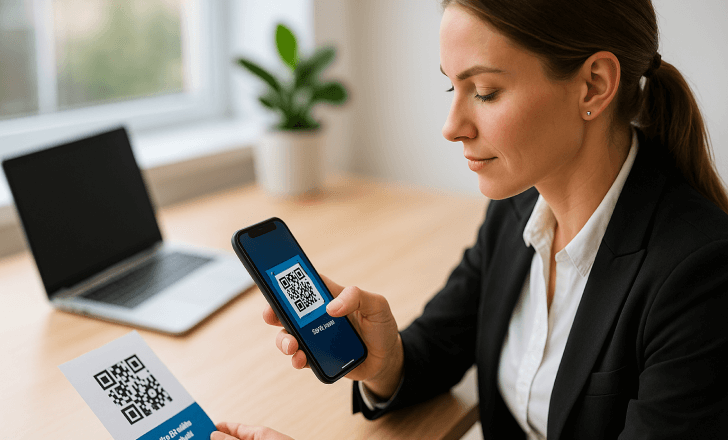
What mistakes should you avoid in QR code campaigns?
You’ve probably seen QR fails: codes in subway tunnels with no signal, or on TV commercials gone in two seconds. Some of the most common mistakes include:
- No call to action: Don’t assume people know what the code does.
- No mobile optimization: Landing pages must work on phones.
- Poor placement: Don’t hide the code in a corner or behind glass.
- Static codes: No tracking = no learning.
- Bad design: A busy QR code is a scan-killer. Keep it clean.
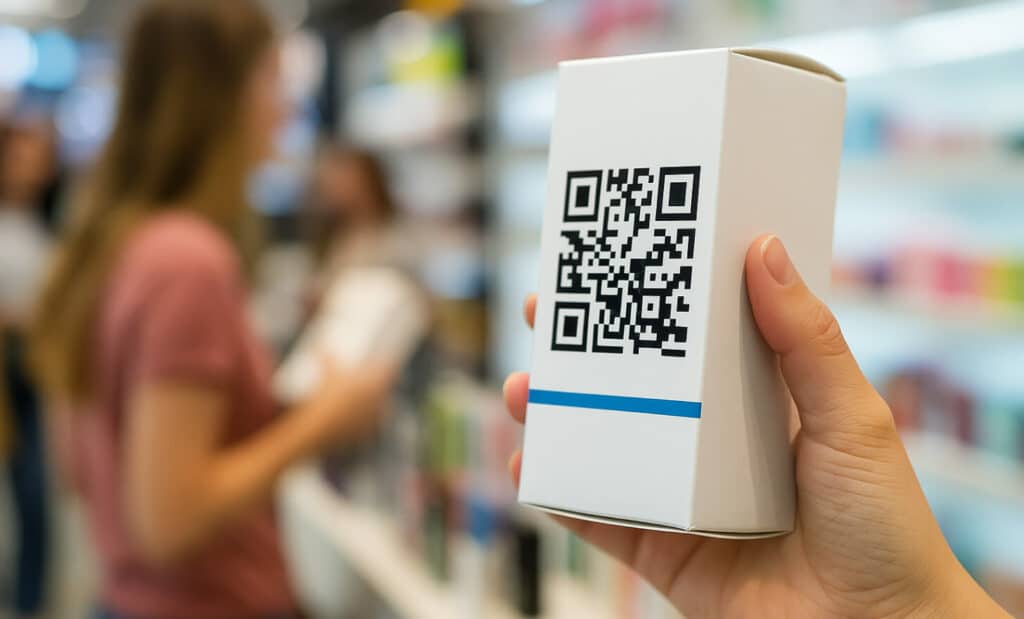
Can you use QR codes to track campaign performance?
Absolutely. Dynamic QR codes offer real-time analytics:
- How many scans
- When and where they happened
- Which devices were used
- Which code or placement drove the most traffic
Pair those insights with your marketing strategy, and you’ll fine-tune faster than ever.
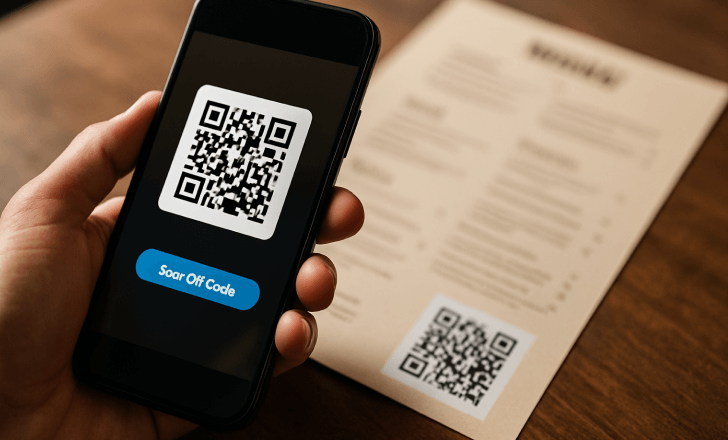
What role do mobile devices play in QR code marketing?
Without smartphones, QR marketing wouldn’t exist. Today’s phone cameras read quick response codes instantly — no app needed. This frictionless interaction turns every phone into a bridge between physical marketing and digital content.
The trick? Make sure your linked experiences are mobile-first. Sloppy UX equals lost opportunities.
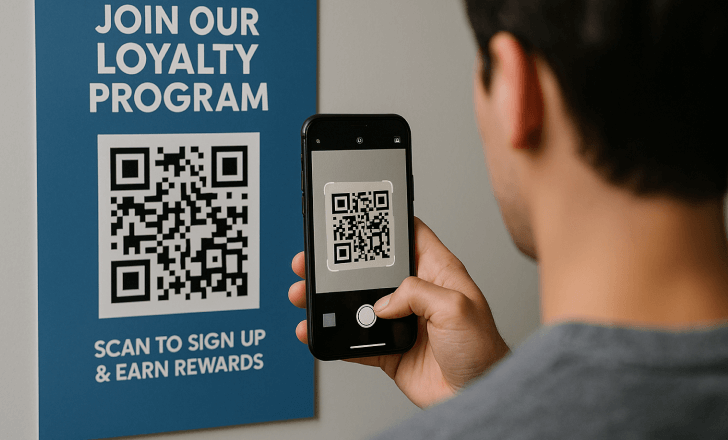
How are brands using augmented reality QR codes?
Augmented reality QR codes invite customers to experience your product in 3D or in their space. Think:
- Try-on glasses or makeup
- Visualize furniture at home
- Explore animated packaging
- Launch AR games at events
It’s not gimmicky when it’s good — it’s memorable. And memorable means shareable.
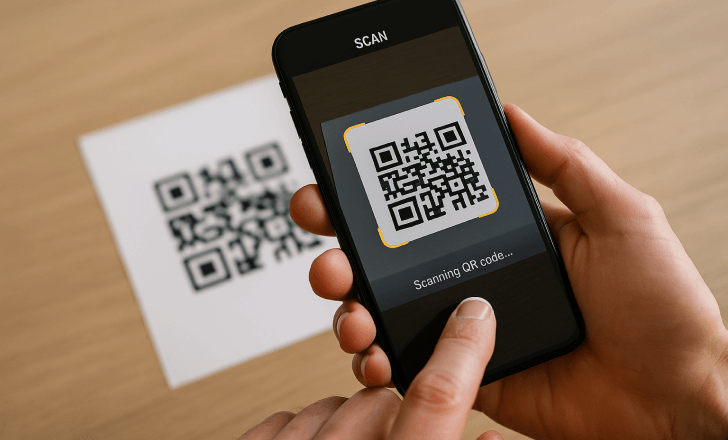
How do QR codes support direct sales?
QR codes can shorten the path from interest to purchase. They work great on:
- Product packaging (“Scan to buy refills”)
- Print ads (“Order yours now”)
- POP displays (“Limited-time offer – scan to buy”)
- Outdoor signs (“Shop this look”)
Tie the code to a campaign-specific landing page, add urgency, and watch conversions rise.
What are creative ways to use QR codes in physical spaces?
Retailers, gyms, hotels, and even public parks are finding bold uses:
- Gyms: Scan to access workout videos or playlists
- Hotels: Scan in the lobby to check-in or explore amenities
- Museums: Scan next to art pieces for behind-the-scenes stories
- Parks: Scan QR codes for trail maps or bird-watching guides
QR code marketing is a flexible tool — use it to add value, not noise.
How can QR codes improve customer experience?
QR codes aren’t just about pushing information — they can open a feedback loop. Use them to:
- Collect reviews
- Trigger surveys
- Let customers chat with support
- Share product how-tos
- Offer loyalty rewards
The better the post-sale experience, the higher the brand loyalty.
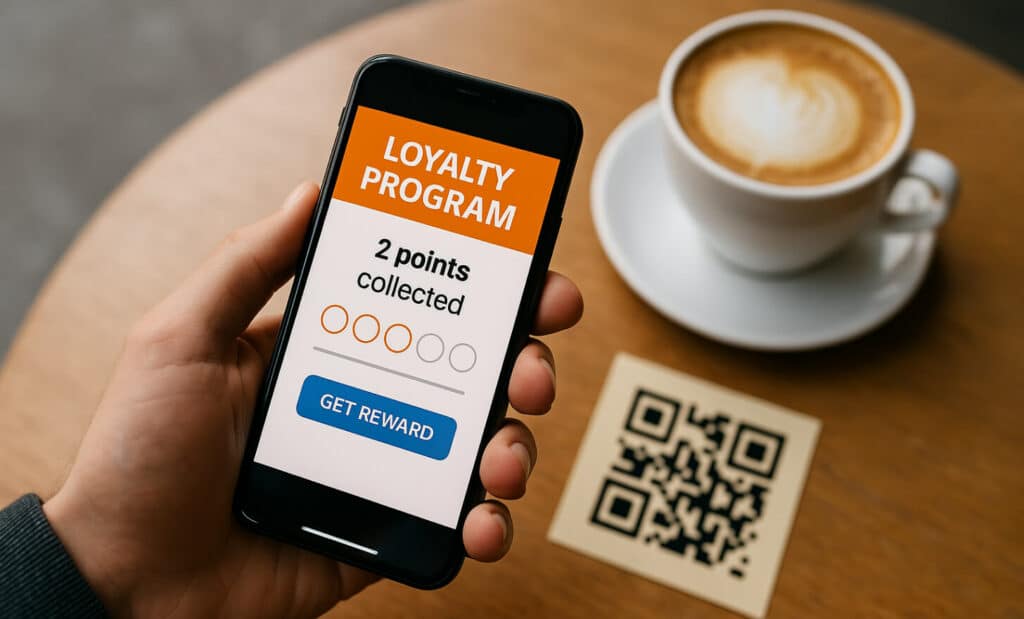
Should QR codes be part of your 2025 marketing strategy?
If you want speed, data, and direct engagement? Yes. QR codes work across various industries — from retail to real estate, food service to fintech. They scale with you, they speak mobile, and they deliver measurable results.
But they’re not magic. The power of QR code marketing depends on what happens after the scan. Make it count.

